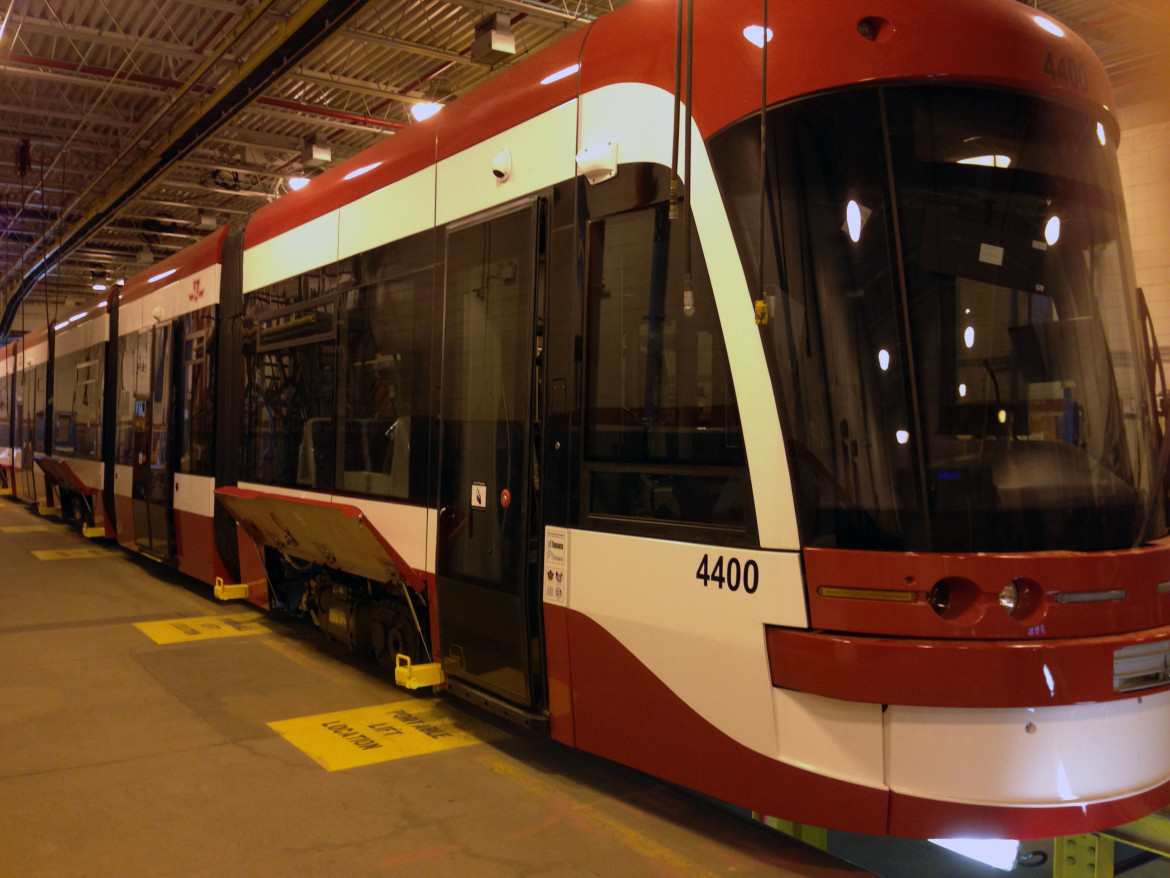Sam Juric
Customers of Wheel Trans are cautiously optimistic about the Toronto Transit Commission’s plans to integrate para-transit with buses, streetcars and the broader subway system.
The 10-year plan to the Wheel Trans service is in response to changes recently made to the Access for Ontarians with Disabilities Act (AODA), alongside recommendations made by Toronto’s Auditor General.
Lauri Robertson, Founder of Disability Awareness Consultants, is eager to see Wheel Trans evolve to better meet the needs of its customers.
“I think it’s going to be complicated to initiate but it will eventually take a great load off of wheel-trans,” said Robertson, who uses a wheelchair and a customer of Wheel Trans.
Robertson is an active member of the disabilities community and has helped to develop and write the AODA.
The act helps train employers and staff across the province on disabilities and accessibility.
“The objective is to get us to use the regular system whenever it’s feasible but for some people that will never be possible,” she said.
“There are some systems that are going to work for us and some that may need modification but overall I think it’s a great idea and one that they need to pursue,” Robertson said.
Eve Wiggins, Head of Wheel Trans Service Delivery Group, is eager to implement the proposed changes and is convinced that ridership will only grow.
Over three million Wheel Trans trips were made last year by Torontonians with disabilities.
And the numbers are only rising.
Wheel Trans ridership is projected to spike to 6.3 million trips by 2020 and 2025 is forecasted to see nearly 10 million trips.
“Right now the model is ‘one size fits all’. One type of eligibility test needs to meet an entire community. But everyone is different,” Wiggins told Humber News.
“I sometimes have a real hard time getting on and off the train,” said Robertson.
“My wheels get stuck and it’s terrifying and intimidating,” she said.
“There are some systems that are going to work for us and some that may need modification but overall I think it’s a great idea and one that they need to pursue,” Robertson said.
Toronto’s rapidly aging population is a major factor contributing to the planned integration of Wheel Trans with the rest of public transit.
But the changes won’t be noticeable for another five years, when streetcars are projected to be fully accessible, Wiggins said.
The integration of Wheel Trans with the greater TTC system will also look to transform eligibility criteria for customers using the service.
Although the modifications to the eligibility criteria will aim to better assess individuals on their particular needs and challenges it may cause some existing riders to become ineligible to use the service, said Wiggins.
The new criteria will be modeled after York Region and Hamilton, which have already integrated para-trans with the wider transit system.
The eligibility testing will now include cognitive impairment assessment.
Determining eligibility for Wheel Trans was previously limited to mobility testing.
Wiggins is confident Wheel Trans will become ‘a bridge from barriers’.
Robertson manages careful optimism.
“[This is] going to take education for not only people with disabilities but for other passengers. It’s a growing process and it’s going to have growing pains,” said Robertson.

